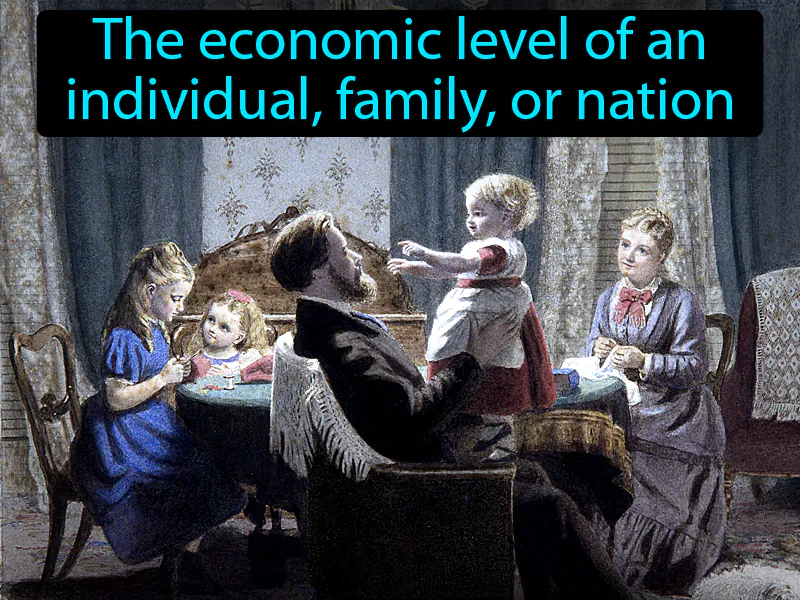Standard Of Living
Standard Of Living: Easy to understand
During the Industrial Age between 1800-1915, the concept of standard of living referred to the quality and quantity of goods and services available to people and the way these influenced their lives. With rapid industrialization, many people moved to cities for factory jobs, often living in crowded and unsanitary conditions. This period highlighted the stark differences between the wealthy, who enjoyed a high standard of living, and the working class, who often struggled to meet basic needs. Today, standard of living remains important as it affects access to healthcare, education, and overall well-being. For example, a family with a higher standard of living might afford better healthcare and education, providing better opportunities and a healthier lifestyle for their children compared to a family with limited resources.

Practice Version

Standard Of Living: The economic level of an individual, family, or nation. Standard of living. Throughout history, the standard of living refers to the degree of wealth and comfort available to a person or society.